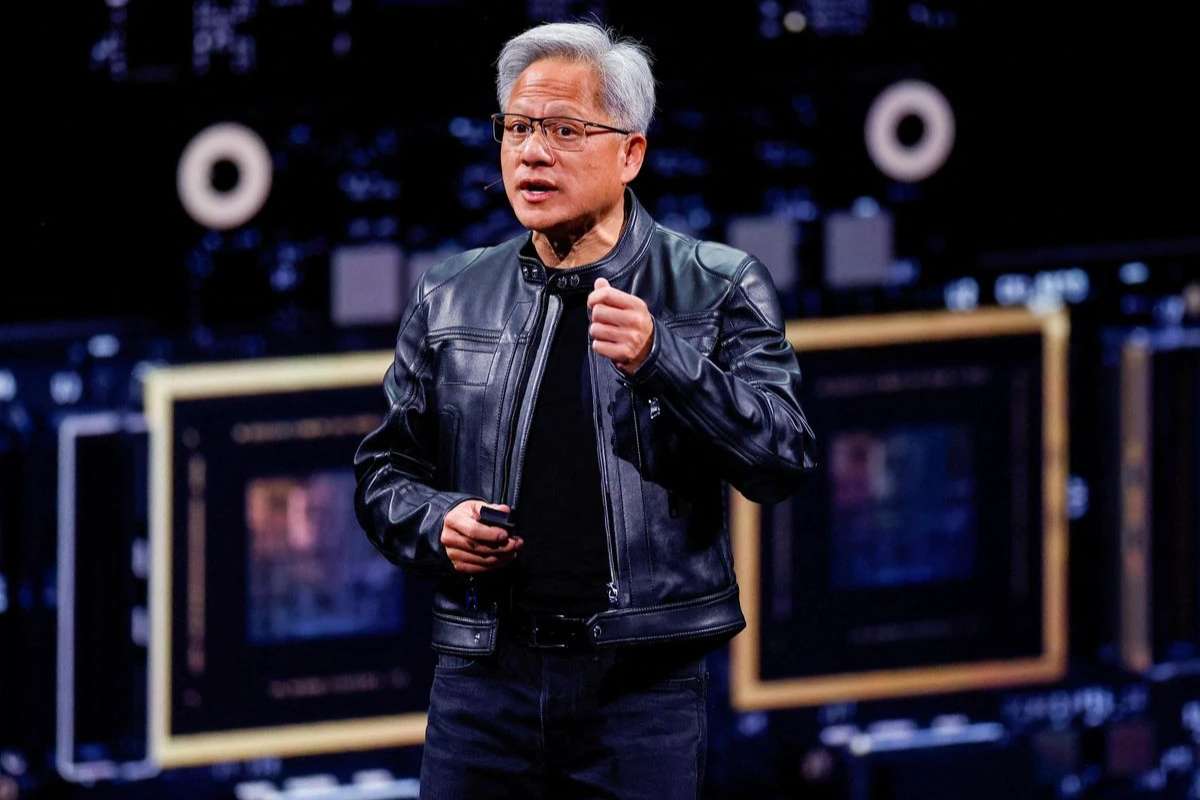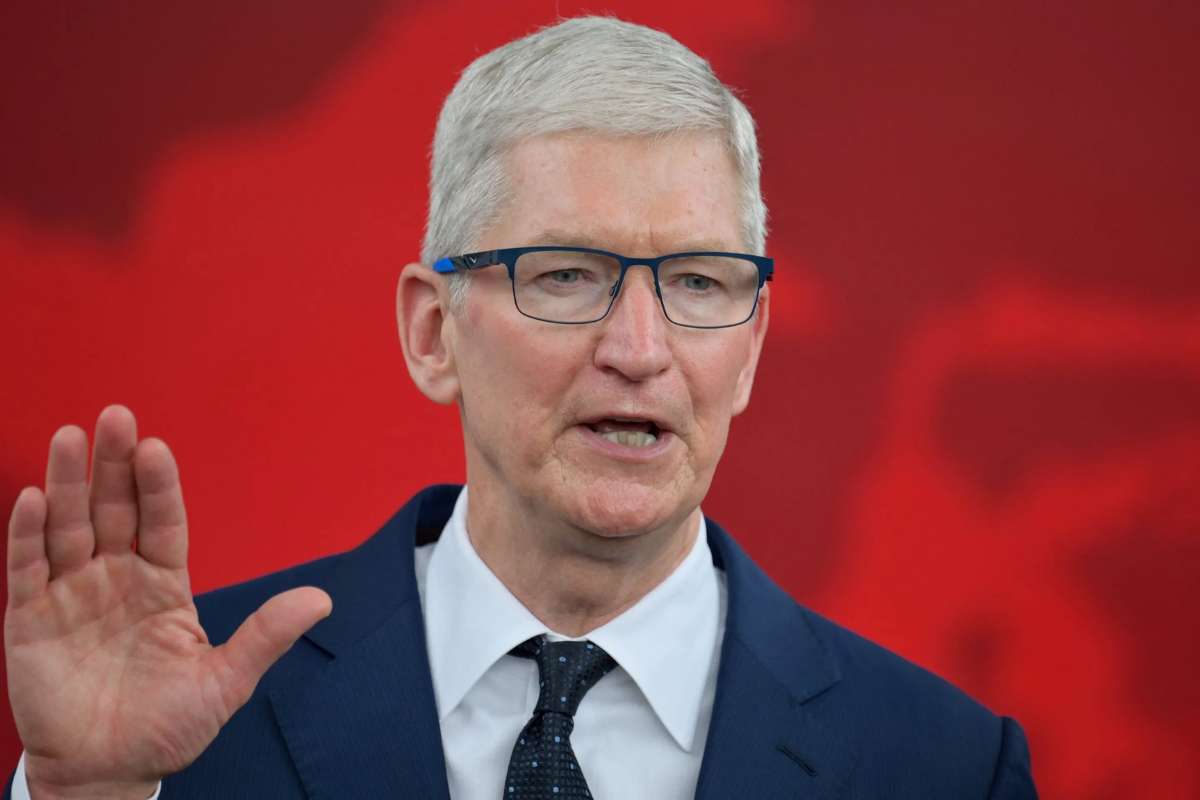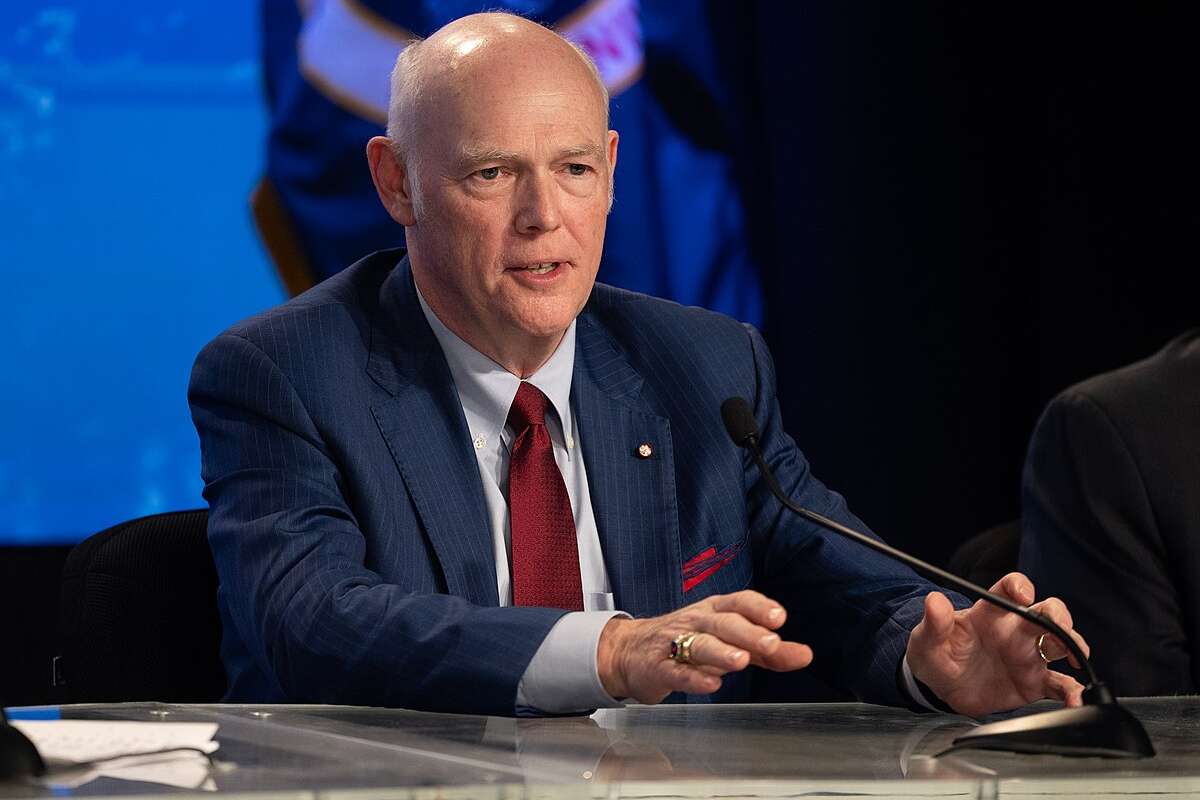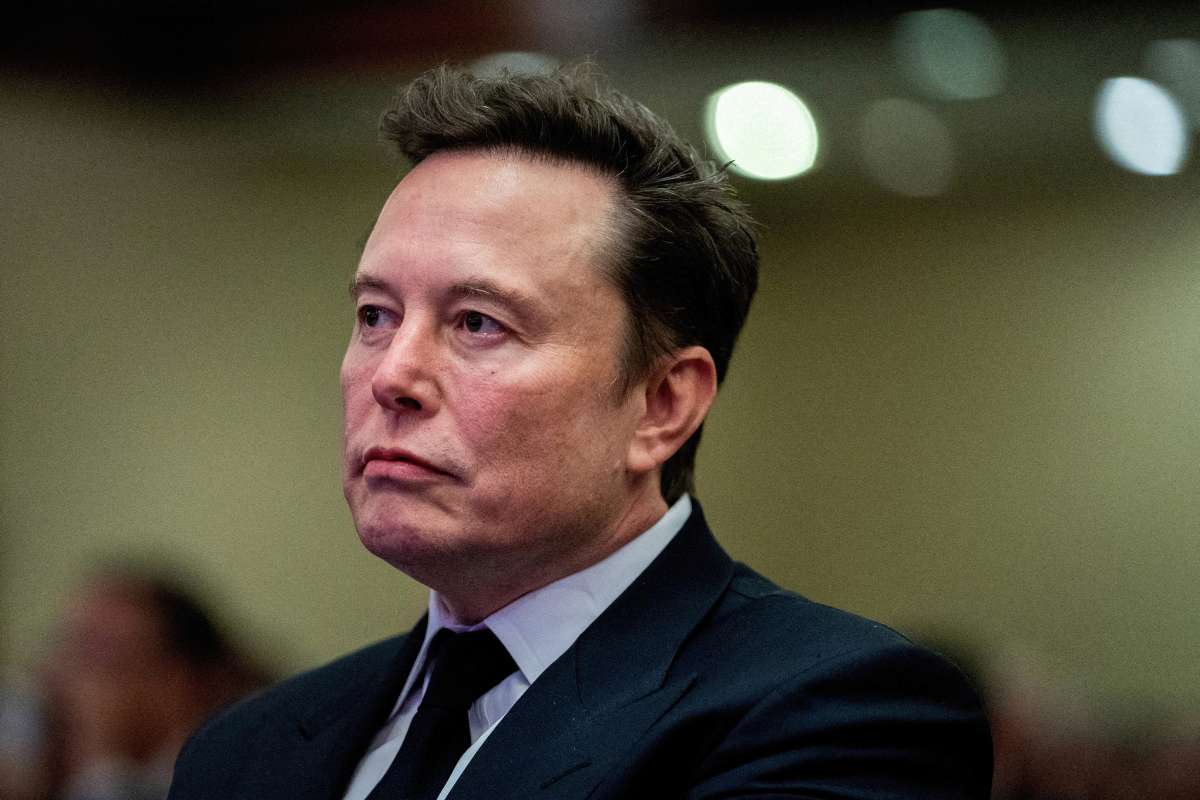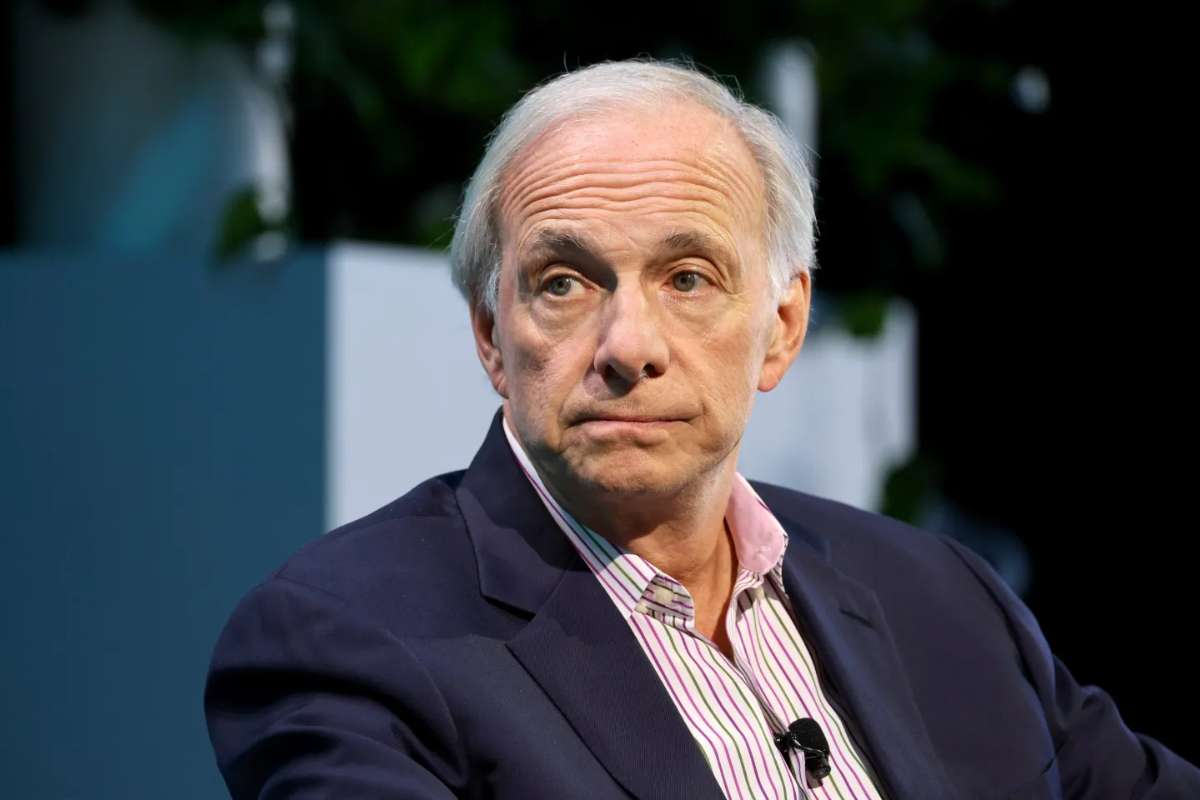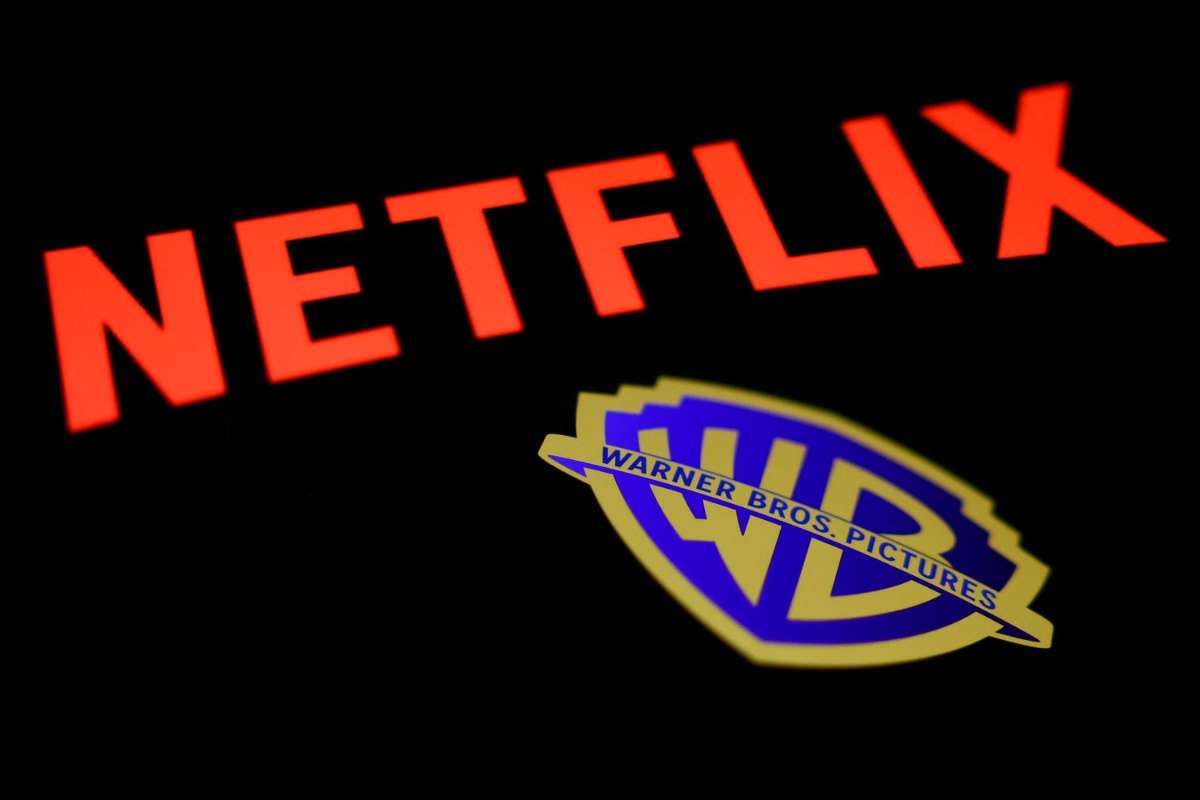Key Points:
- China’s chip tech is nearly on par with the U.S.
- Nvidia adapts to U.S. export rules with custom chips.
- China boosts local chipmaking to cut foreign reliance.
Nvidia CEO Jensen Huang has claimed that China trails the United States in advanced semiconductor technology by only “nanoseconds,” highlighting the country’s rapid pace of innovation. Speaking on a recent podcast, Huang described China as “formidable, innovative, hungry, and fast-moving,” crediting its vast pool of engineers and intense work culture. He urged U.S. policymakers to recognise that open trade and collaboration with China could bolster America’s global influence rather than weaken it.
Export Controls and China’s Tech Drive
Jensen Huang’s comments arrive at a time of tightening U.S. restrictions on chip exports, which have impacted Nvidia’s sales in China. The company’s H20 GPU, designed specifically to comply with American regulations, initially faced barriers to entry but has since been approved for limited shipments. To safeguard its presence, Nvidia is already developing new accelerators tailored for regulatory compliance.
Meanwhile, Chinese companies are stepping up their own chipmaking efforts. Huawei recently unveiled its Atlas 900 A3 SuperPoD systems powered by domestically developed Ascend 910B chips. Other major players, including Baidu, Alibaba, Tencent, and ByteDance, are investing heavily in homegrown semiconductor projects. These moves reflect China’s ambition to reduce its dependence on foreign technology and achieve greater self-sufficiency in advanced computing.
Market Strategy and Global Stakes
Despite challenges, Jensen Huang remains optimistic about maintaining Nvidia’s foothold in China. He has stressed that an open and competitive Chinese market is vital for both sides, enabling U.S. firms to retain global reach while fueling healthy competition. Nvidia’s strategy with the H20 platform—though less powerful than its flagship chips—aims to keep its software ecosystem relevant in China until restrictions ease.
However, risks remain significant. China’s growing push for technological sovereignty could erode Nvidia’s dominance over time, while U.S. policymakers continue to weigh national security concerns against market access. Jensen Huang’s call for openness underscores his belief that cooperation, not isolation, will better serve long-term U.S. interests. Yet, the outcome of this high-stakes rivalry between the world’s two biggest economies remains uncertain.
Visit Visionary CIOs for the most recent information.

